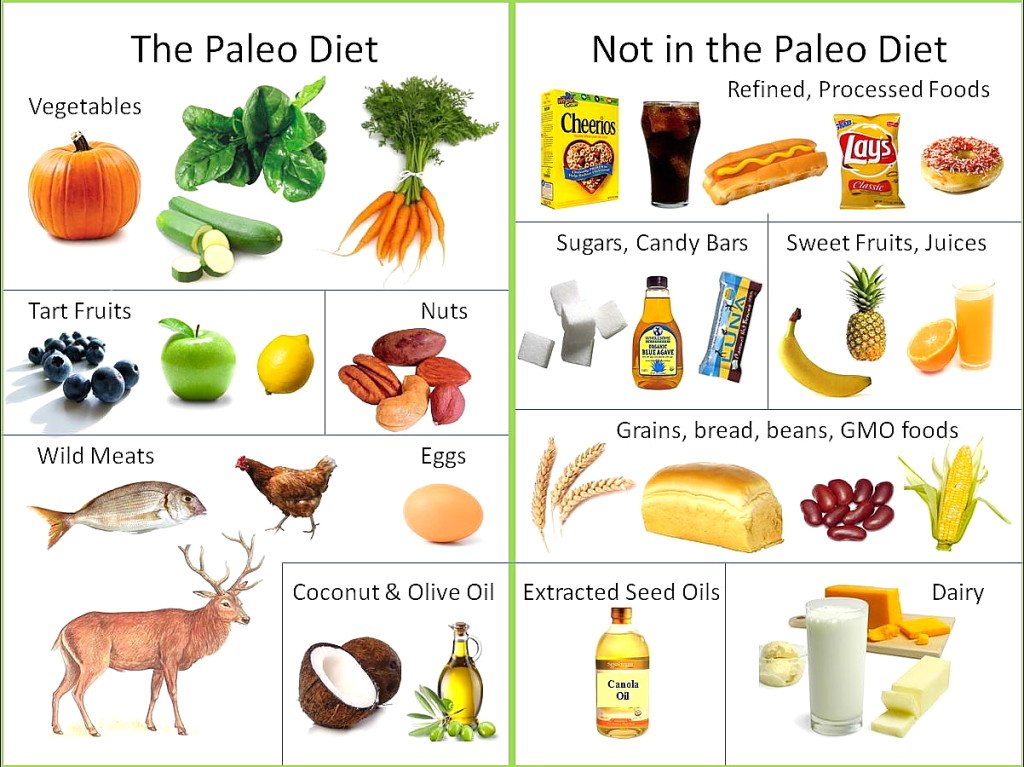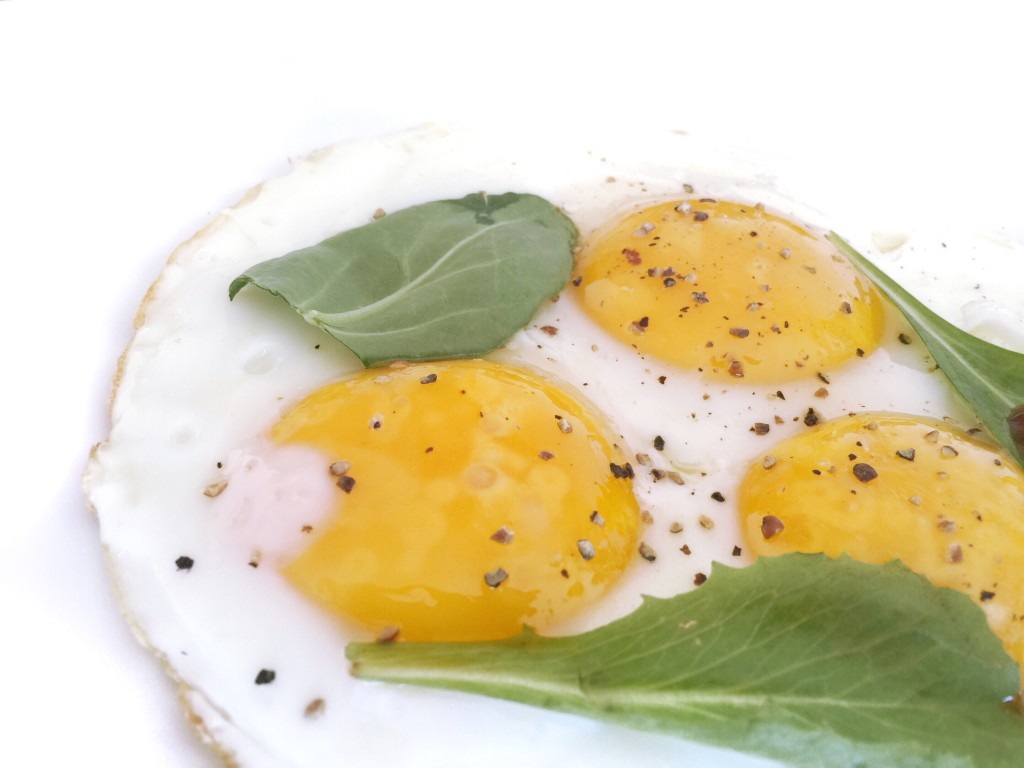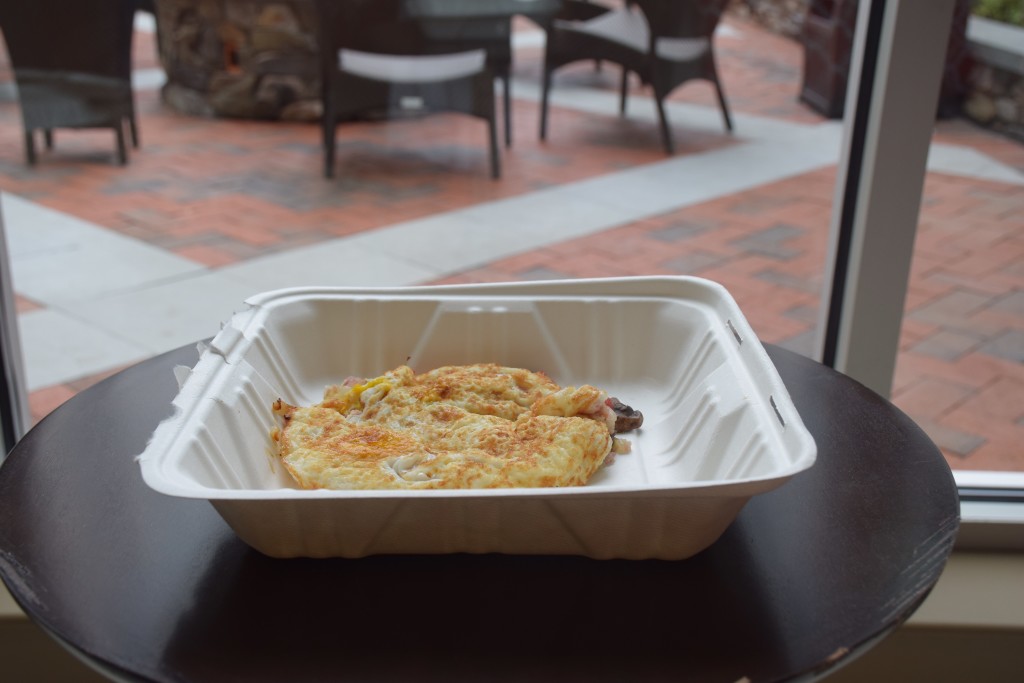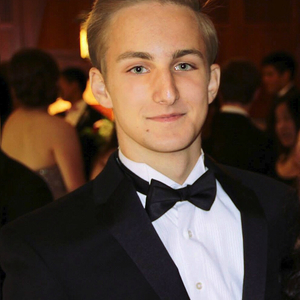Last month, I went through a bit of a crisis. Second semester was not going nearly as well as I had hoped; my grades were lower than before, I felt tired and sluggish, and I had gained almost ten pounds. Needless to say, I was looking to make a change.
I had tried the paleo diet this past summer, and while it had been extremely challenging, it whipped me into shape. I became super disciplined: I exercised more, slept better and worked harder. When I got to college, it became too difficult to continue because my school’s cafeteria lacked paleo-friendly options. But given the second semester rut that I had fallen into, I decided that starting with my diet would be a good way to get back in control.

Photo by Suki Smith
What is the paleo diet?
The main idea is to eat the way the paleolithic cavemen did before modern agricultural practices. This means no grains, no dairy, no processed foods, and no legumes (veggies). Here’s a helpful chart:

Photo curtesy of healthypaleobook.com
So what did I eat?
First of all, going paleo as a college student is hard. Take another look at the table above. Basically no dairy, grains, or chemicals are included. It can’t be that bad, right? Wrong. The staples within a college student’s diet are exactly the toxic ingredients that are prohibited under paleo rules. Not only are pizza and ramen banned, but healthier options such as soups and salad dressings are also prohibited.
The toughest part about going paleo was shying away from the foods that I had been used to eating routinely. Since there are so few paleo-friendly meals available in the cafeteria, I ended up eating the same three meals almost every day. Every morning began with a fruit salad and two cups of water. Unless I was lucky enough to find a paleo daily special, I had fried eggs for lunch and a salad with grilled chicken and olive oil (no vinegar) for dinner.
I noticed two crucial differences in how I felt during my time on the paleo diet. Firstly, I never felt full after a meal. I figure this could be due to the fact that I am used to having bread with every meal, and without carbs I feel less satiated. Even after four plates of fried eggs, I never felt the same sense of fullness that comes from eating a more varied meal. I always felt like I could eat more.

Photo by Will Welland
Secondly, I had to eat a lot more to reach my usual energy level. While I had been eating processed, sugary foods it was easy to get more than the necessary amount of calories to feel energized. But after I restricted my diet to meats and veggies, I began to feel sluggish. Pure foods like greens and chicken or pork don’t have many calories, so I needed more servings to feel energized enough to make it through the day.

Photo by Suki Smith
Now that I’ve covered every bad part of the paleo diet, I want to tell you why I recommend this diet to everyone. Maybe it was just a placebo effect, but I really felt like this diet made a difference in my life. Overall, I felt healthier and more energized. After surviving the first few days transitioning to the paleo diet, my sleep vastly improved and exercising became easier. I felt like I was focusing more in class and retaining more information. I stopped having mid-afternoon energy crashes. If that’s not convincing enough, I lost almost all the weight that I had gained this semester and my grades were on the rise.
If you’ve ever considered the paleo diet, I highly recommend trying it out, even if it’s only for a week. You never know, you may get hooked for life.


